Three Electronics to Buy Before Tariffs Hit (And One to Skip, for Now)
With new tariffs taking effect August 1, certain electronics could soon cost more. Here's what to consider buying before prices rise.

Starting August 1, a new round of tariffs is set to take effect, and this one could hit your wallet right where it hurts: electronics.
President Donald Trump's tariffs will hit a wide range of goods imported from China.
While not every device will be affected right away, many consumer electronics — smartphones, laptops, tablets and gaming consoles — are likely to see price increases in the coming months.
From just $107.88 $24.99 for Kiplinger Personal Finance
Become a smarter, better informed investor. Subscribe from just $107.88 $24.99, plus get up to 4 Special Issues

Sign up for Kiplinger’s Free Newsletters
Profit and prosper with the best of expert advice on investing, taxes, retirement, personal finance and more - straight to your e-mail.
Profit and prosper with the best of expert advice - straight to your e-mail.
Retailers might absorb some of the extra cost at first, but higher prices almost always reach consumers once existing inventory runs out.
Which devices should you prioritize? Which ones can wait for a future sale? Here's what you need to know.
Why tariffs might drive up gadget and tech costs
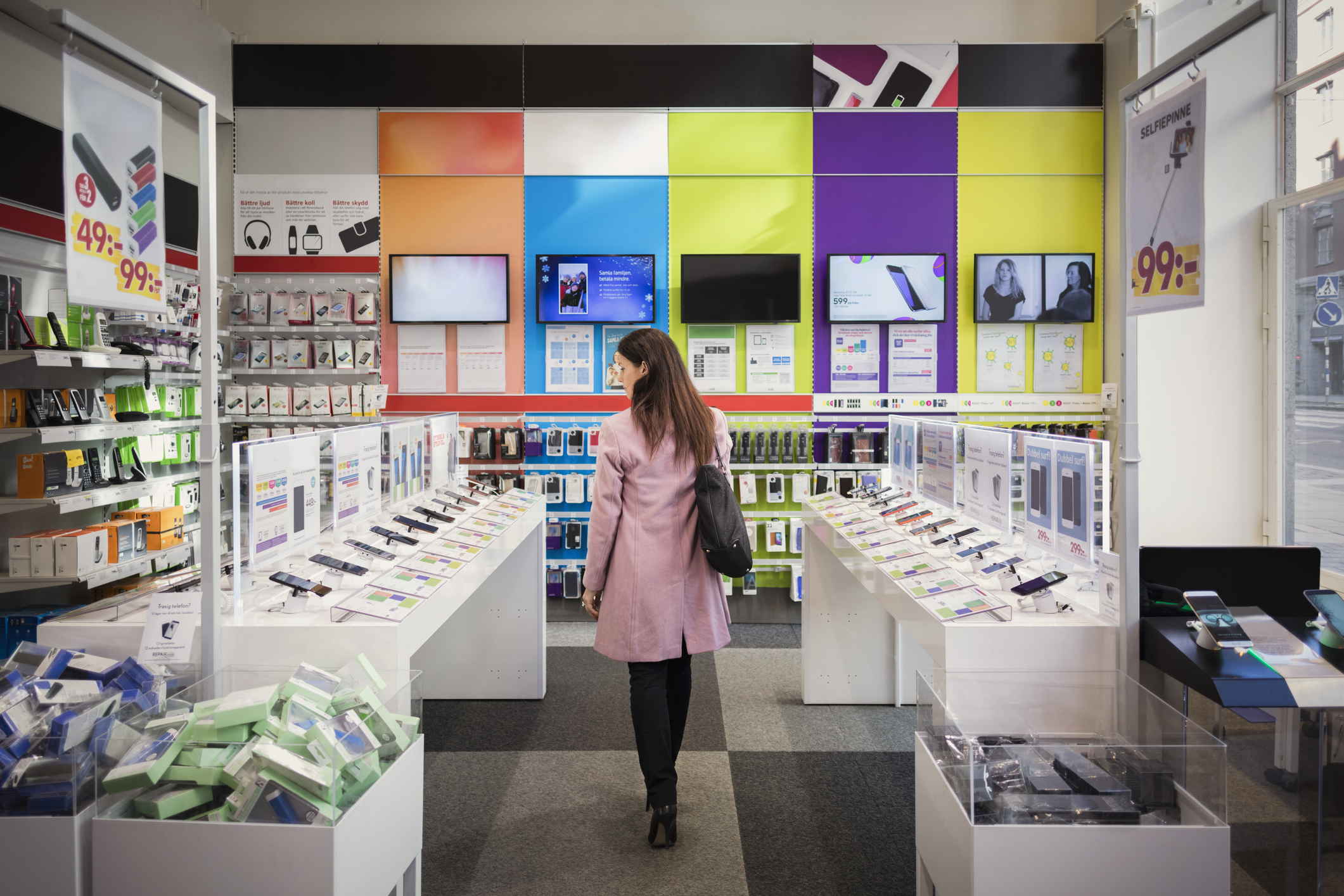
Earlier this summer, Trump reached a trade deal with China that paused additional tariff hikes for 90 days but kept in place the existing 20% “fentanyl” and 10% “reciprocal” tariffs on Chinese goods. That pause is still in effect and is currently scheduled to expire on August 12, 2025, unless extended.
On July 22, the administration announced that it had reached a trade agreement with Japan and suggested that a deal with the European Union was also in the works. However, the specifics of both agreements remain largely informal.
For countries without formal deals, tariffs are set to revert to pre‑April levels on August 1, meaning many electronics and components could still face higher import costs in the months ahead.
For consumers, this means many products — especially electronics that rely on global supply chains — could face price pressures in the near future, as retailers pass along higher import costs.
Retailers and importers are already bracing for impact. In a recent NPR report, experts warned that many consumer electronics will see a price bump as early as late summer, just in time for back-to-school shopping and ahead of the holiday rush.
That uncertainty is prompting many shoppers to move up their usual buying plans for back‑to‑school and the holiday season.
The right credit card can boost your benefits with rewards, cashback, shipping upgrades and savings. See Kiplinger's top credit card picks for online shopping, powered by Bankrate. Advertising disclosure.
How tariffs might lead to higher electronics prices
Tariffs are essentially taxes on imports. When the cost of importing goods goes up, companies usually face a choice: Eat the cost or pass it on to consumers.
For higher-ticket electronics, where profit margins might already be tight, those costs are more likely to be passed along, especially once current inventory sells through..
Even American brands aren’t insulated. Most devices rely on complex global supply chains, and critical components such as chips, batteries, displays and wiring often come from multiple countries, with China playing a major role in both sourcing and assembly.
Three tech items you should buy now
With prices likely to rise as new tariffs take hold, some electronics are smarter buys now than later.
The items most at risk are those heavily reliant on Chinese components or with historically tight profit margins, products in which manufacturers have little room to absorb added costs.
If you’ve been debating an upgrade, here are the categories to prioritize before prices start creeping up.
1. Smartphones
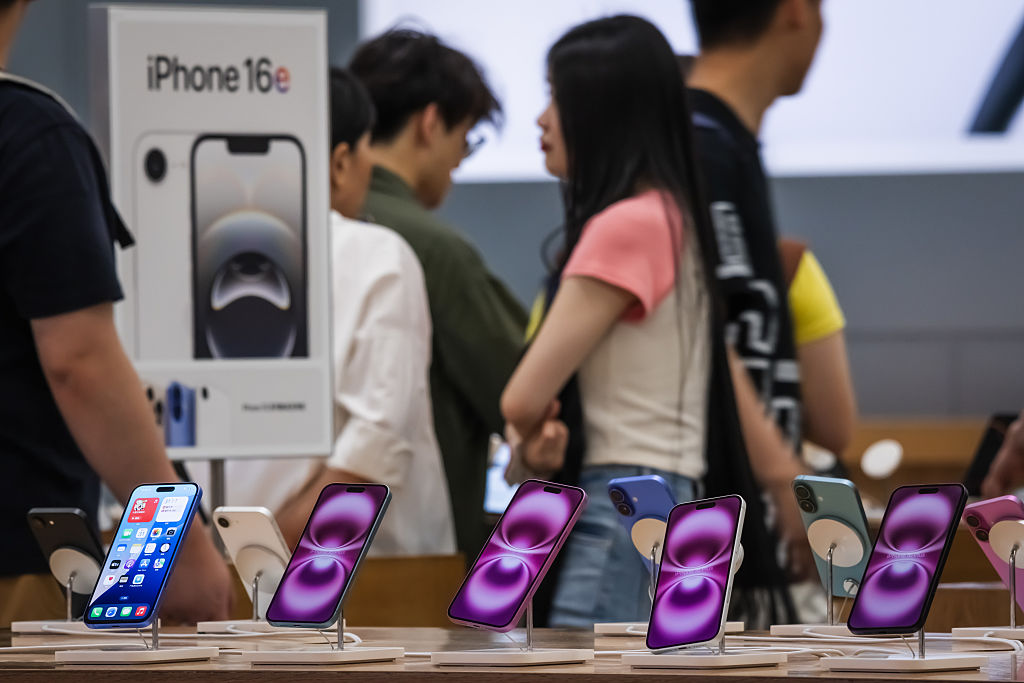
If you’re wondering whether to grab that new iPhone before tariffs take effect, the answer is yes — especially if you’re due for an upgrade.
Smartphones are one of the most globally integrated products on the market. Tariffs could affect not just iPhones and Galaxies but also budget-friendly Android phones that often depend on supply chains in other countries.
Some retailers might offer back-to-school promotions or trade-in credits to ease the sticker shock, but prices could quietly start to creep up this fall, especially as new models are released. If your current phone is hanging by a thread, now’s the time to shop.
2. Gaming consoles
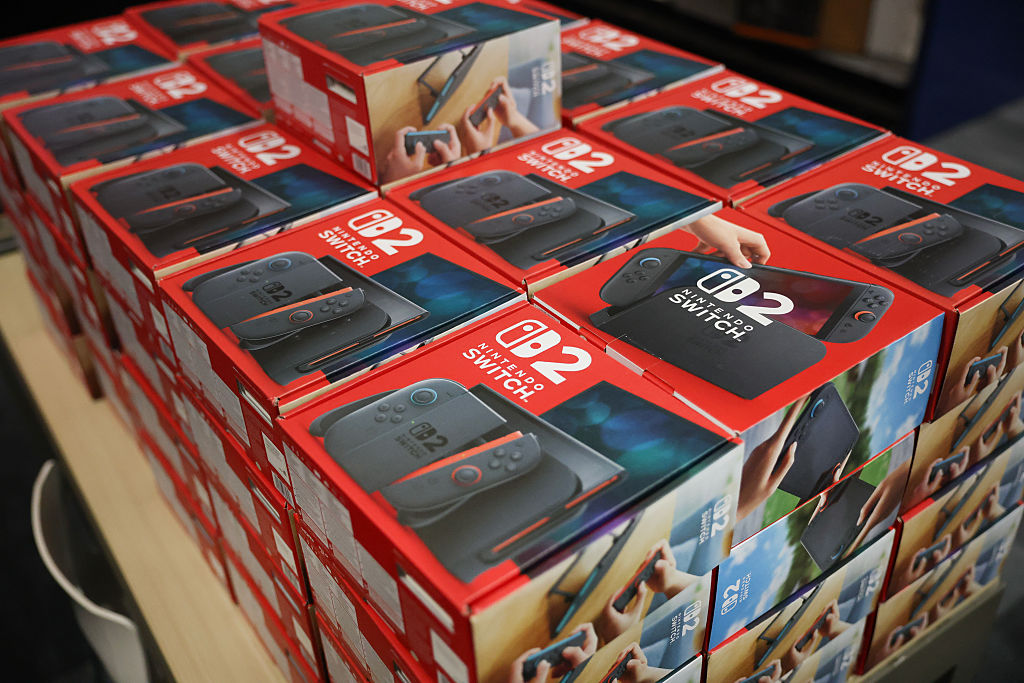
Game consoles have been tariff-sensitive for years, and this round is no different.
While Microsoft, Sony and Nintendo have tried to shift some manufacturing outside China, many of their components are still subject to tariffs. That means your next Xbox, PlayStation or Switch (and even some of the accessories) could get pricier.
If you’ve got kids eyeing a console for Christmas, or you’re a gamer planning to upgrade, locking in a price now might save you money.
With demand often spiking in the fall, waiting too long could also mean dealing with stock shortages on top of higher prices.
3. Laptops and tablets
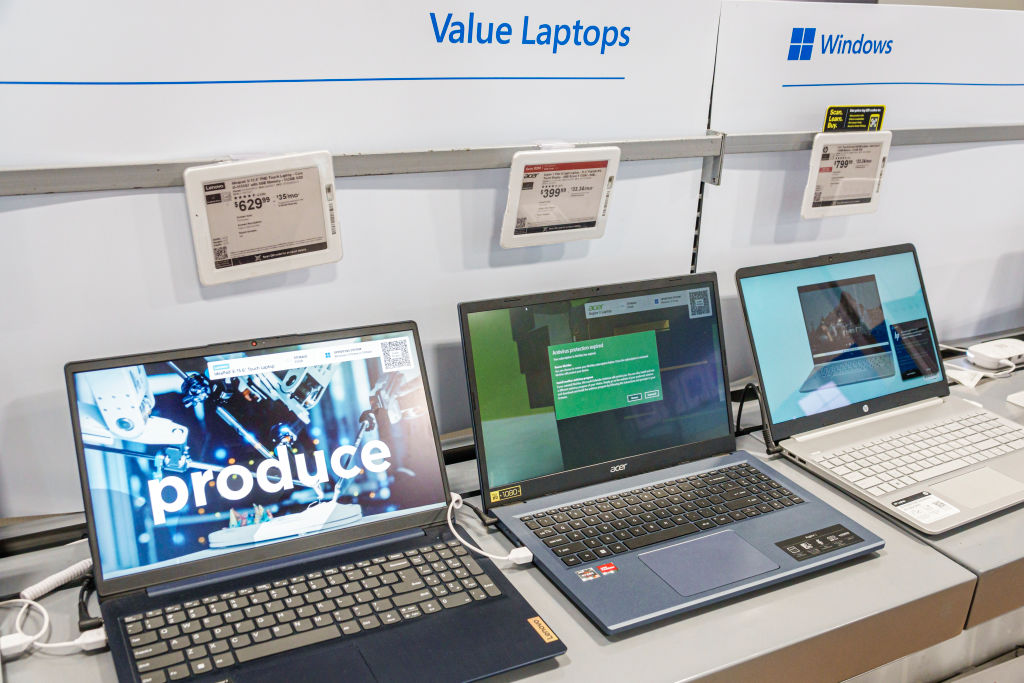
Entry-level laptops and budget tablets could be among the first to reflect new tariffs. These devices often compete on price, which means manufacturers might not have much room to absorb increased costs.
Even if you don’t need one for school, a new laptop or tablet for remote work, travel or family use could be worth grabbing before the summer ends.
Look for deals from big-box stores and tech retailers in early August, which might be your last chance at pre‑tariff prices.
What can wait: Smart TVs and streaming devices
Here’s one category where you can relax a bit: smart TVs. Many televisions are now assembled in countries such as Mexico, Vietnam and South Korea, which are not subject to the upcoming tariffs.
Even those using Chinese components have largely adjusted pricing in the past few years in response to previous trade shifts.
The best deals on TVs and streaming devices such as Rokus and Fire Sticks tend to land in late November during Black Friday and Cyber Monday. Unless your current setup just died or you’re outfitting a new space, it’s smart to wait until fall sales roll around.
Smart timing can help you avoid higher prices
Tariffs don’t always cause dramatic overnight price jumps, but they do apply pressure to supply chains, and those effects eventually reach your wallet.
If you’ve been meaning to buy a new phone, gaming console or laptop, it might be wise to shop sooner rather than later.
On the other hand, if you're eyeing a new TV or smart home device, you’ve got time, and some better deals could show up later in the year.
With a little strategy and smart timing, you can still save money and avoid paying more as new tariffs take effect.
Related Content
Profit and prosper with the best of Kiplinger's advice on investing, taxes, retirement, personal finance and much more. Delivered daily. Enter your email in the box and click Sign Me Up.

Choncé is a personal finance freelance writer who enjoys writing about eCommerce, savings, banking, credit cards, and insurance. Having a background in journalism, she decided to dive deep into the world of content writing in 2013 after noticing many publications transitioning to digital formats. She has more than 10 years of experience writing content and graduated from Northern Illinois University.
-
 Vesting, Catch-Ups and Roths: The 401(k) Knowledge Quiz
Vesting, Catch-Ups and Roths: The 401(k) Knowledge QuizQuiz Test your understanding of key 401(k) concepts with our quick quiz.
-
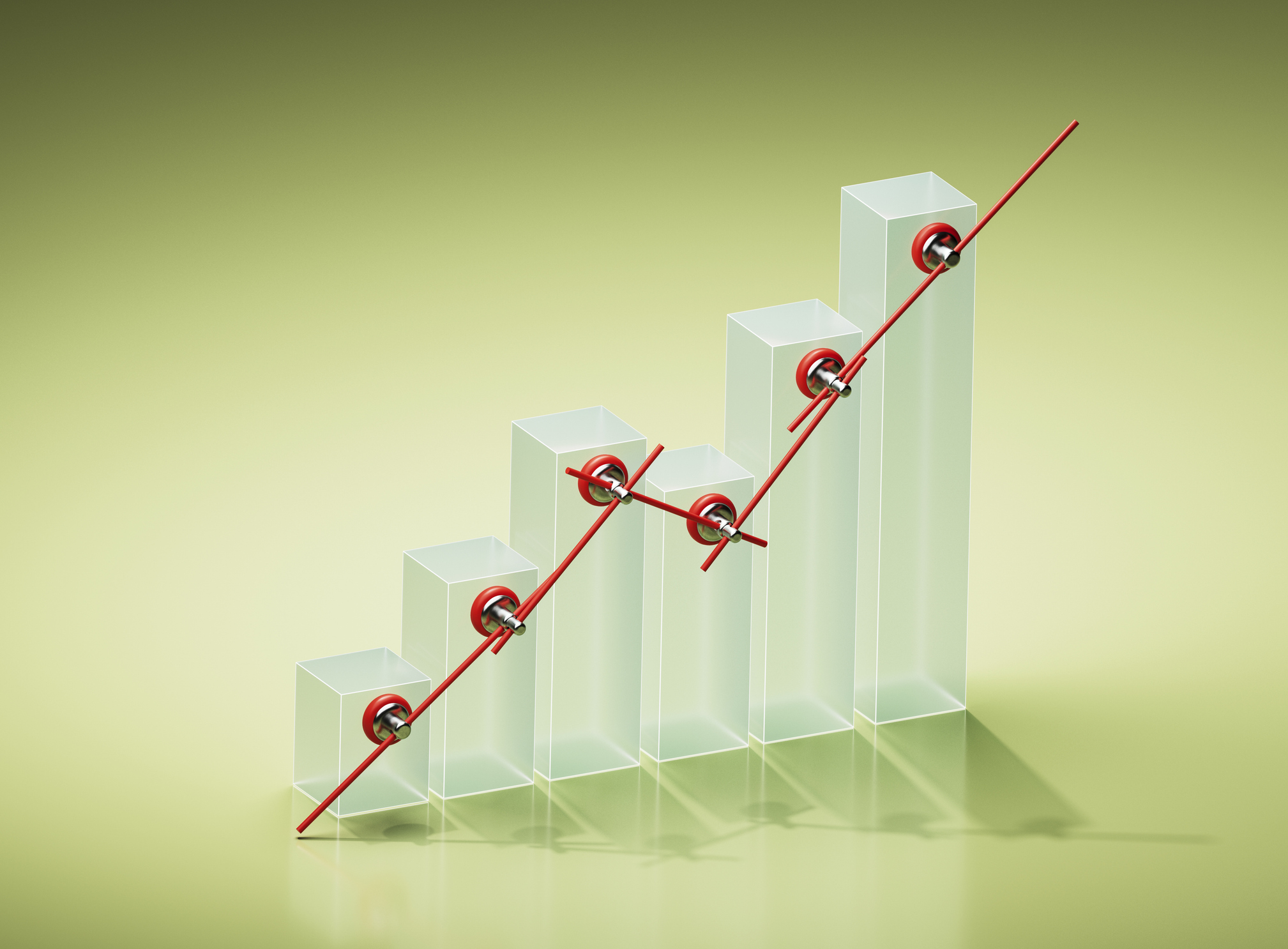 Why You Should Pay Attention to Company Guidance
Why You Should Pay Attention to Company GuidanceUnderstanding how corporate profit forecasts affect analysts’ estimates and stock ratings can help you make investment decisions.
-
 How to Protect Yourself and Others From a Troubled Adult Child
How to Protect Yourself and Others From a Troubled Adult ChildThis case of a violent adult son whose parents are in denial is an example of the extreme risks some parents face if they neglect essential safety precautions.
-
 How to Protect Yourself and Others From a Troubled Adult Child: A Lesson from Real Life
How to Protect Yourself and Others From a Troubled Adult Child: A Lesson from Real LifeThis case of a violent adult son whose parents are in denial is an example of the extreme risks some parents face if they neglect essential safety precautions.
-
 Here's How Much You Can Earn with a $100,000 Jumbo CD
Here's How Much You Can Earn with a $100,000 Jumbo CDYou might be surprised at how fast a jumbo CD helps you reach your goals.
-
 A Financial Planner Takes a Deep Dive Into How Charitable Trusts Benefit You and Your Favorite Charities
A Financial Planner Takes a Deep Dive Into How Charitable Trusts Benefit You and Your Favorite CharitiesThese dual-purpose tools let affluent families combine philanthropic goals with advanced tax planning to generate income, reduce estate taxes and preserve wealth.
-
 How Financial Advisers Can Best Help Widowed and Divorced Women
How Financial Advisers Can Best Help Widowed and Divorced WomenApproaching conversations with empathy and compassion is key to helping them find clarity and confidence and take control of their financial futures.
-
 Your Guide to Buying Art Online
Your Guide to Buying Art OnlineFrom virtual galleries to social media platforms, the internet offers plenty of places to shop for paintings, sculptures and other artwork without breaking the bank.
-
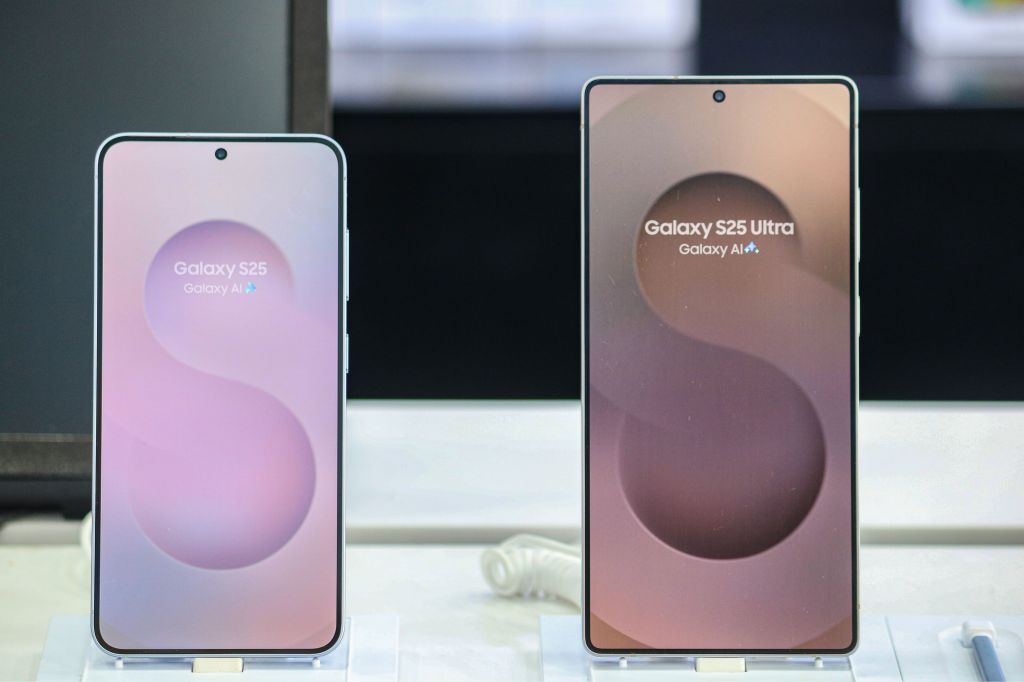 Samsung Galaxy S25 Ultra for $4.99 a Month: A Closer Look at Verizon’s Deal
Samsung Galaxy S25 Ultra for $4.99 a Month: A Closer Look at Verizon’s DealVerizon’s aggressive pricing makes Samsung’s top-tier phone tempting, but the real cost depends on your plan and how long you stay.
-
 I'm 59 With $1.7 Million Saved and Just Lost My Job. Should I Retire at 59½, or Find New Work?
I'm 59 With $1.7 Million Saved and Just Lost My Job. Should I Retire at 59½, or Find New Work?We asked professional wealth planners for advice.
-
 Metro by T-Mobile Is Giving Away This Samsung Galaxy A16: Which Plans Are Eligible?
Metro by T-Mobile Is Giving Away This Samsung Galaxy A16: Which Plans Are Eligible?Metro by T-Mobile is offering free Samsung Galaxy A16 phones on eligible plans right now. Here’s how the deal works.
